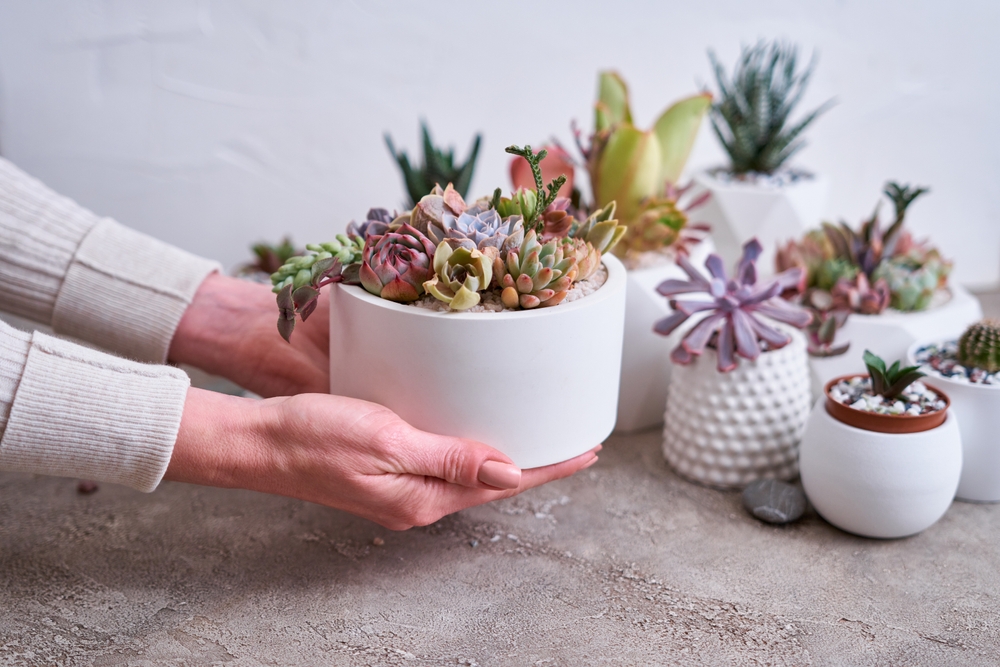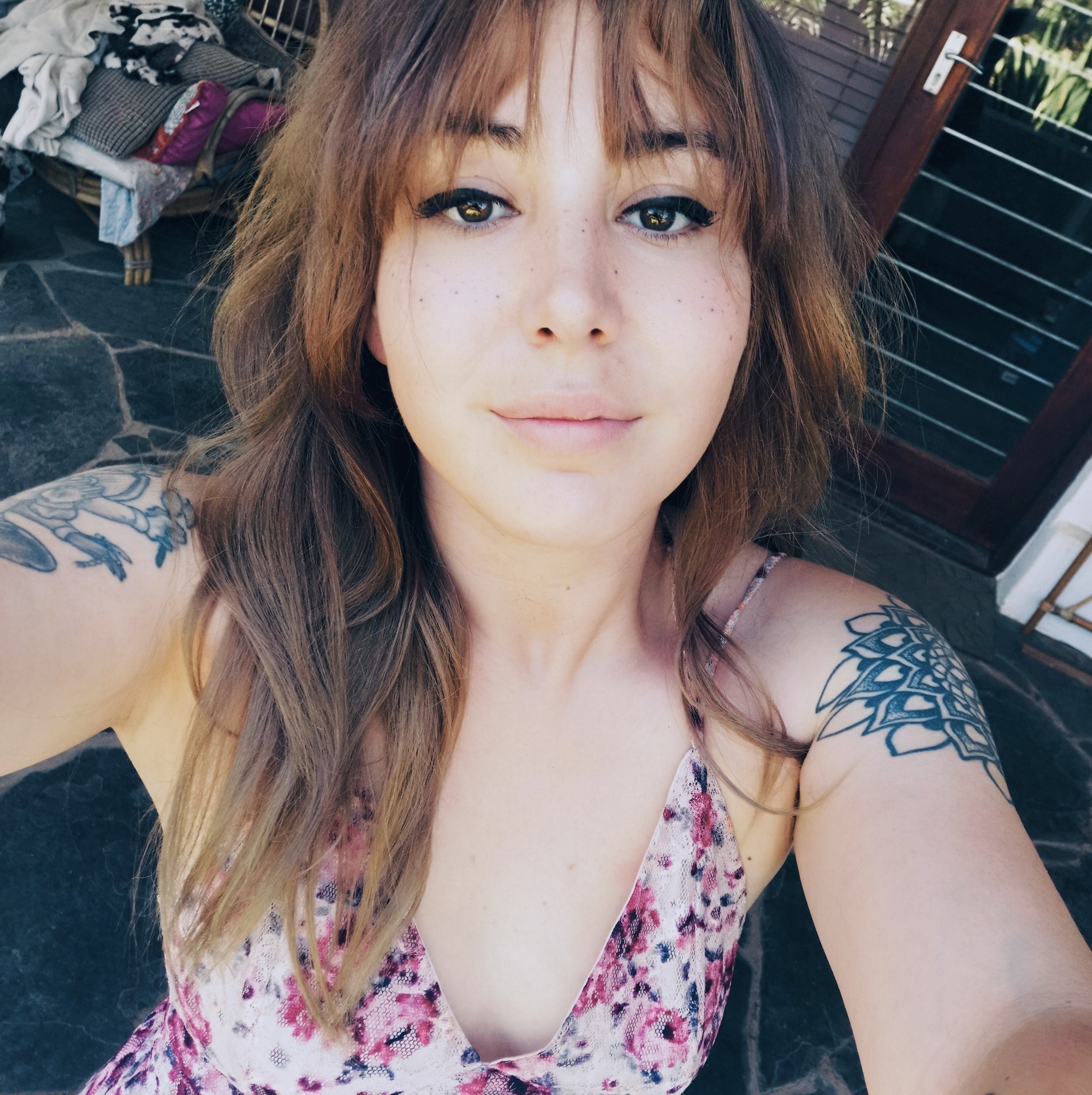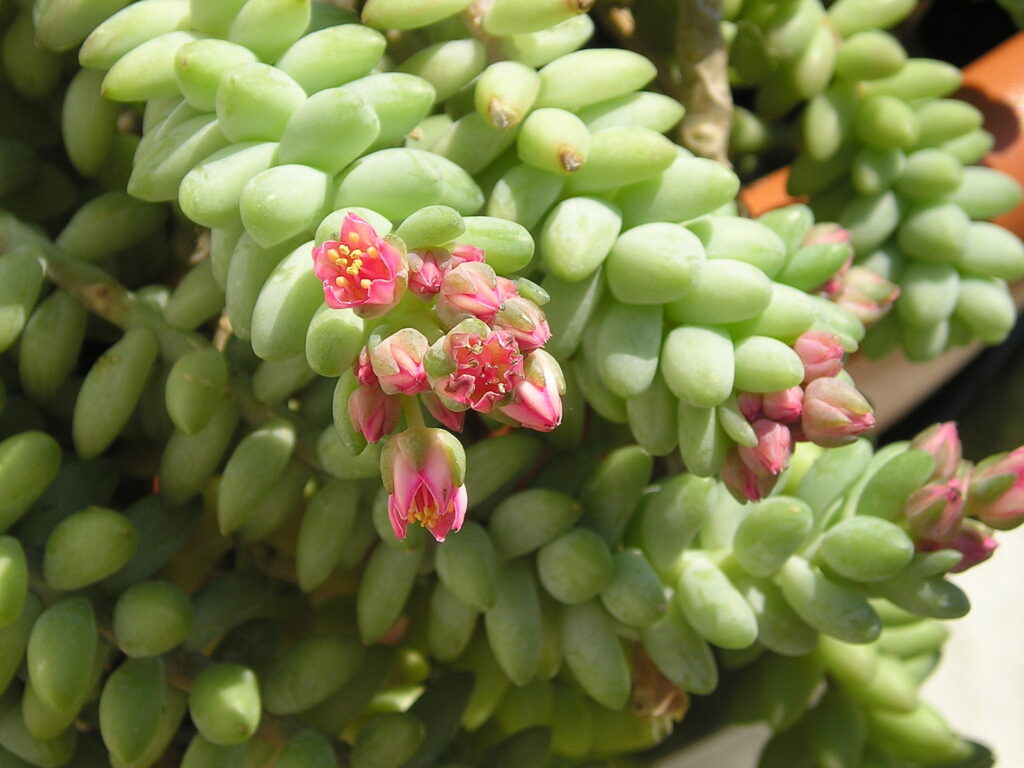Succulents are a favorite among plant lovers for good reason. Their thick, fleshy leaves store water, which means they can tolerate long periods without attention. Whether you’re a beginner or someone with a busy lifestyle, low-maintenance succulents are a smart way to add greenery to your home without the hassle of daily care. These resilient succulent plants thrive on neglect, making them ideal for forgetful waterers, frequent travelers, or people who just want beautiful houseplants that do not demand constant upkeep. Here are seven low-maintenance succulents so simple to grow, they practically take care of themselves.
1. Jade Plant (Crassula ovata)
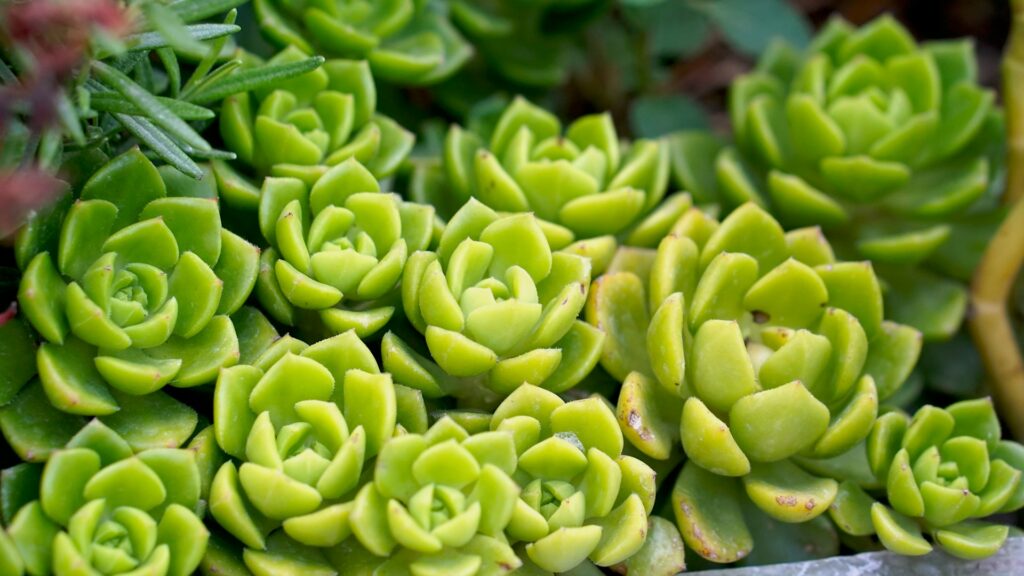
The jade plant is a classic succulent that has earned a reputation for being both tough and attractive. Native to South Africa, this plant features thick, oval-shaped leaves and woody stems that resemble miniature trees. Mature jade plants can live for decades and are often passed down through generations.
Why it’s low-maintenance:
Jade plants only need watering every two to three weeks, and less in the winter months. They prefer bright, indirect sunlight but can tolerate some direct sun. They are also tolerant of dry indoor air and rarely suffer from pest issues.
Care tips:
- Use a well-draining cactus or succulent soil.
- Allow the soil to dry completely between waterings.
- Keep in a pot with drainage holes to prevent root rot.
Bonus: Jade plants are believed to bring good luck and prosperity, making them popular as housewarming gifts.
2. Zebra Haworthia (Haworthiopsis fasciata)
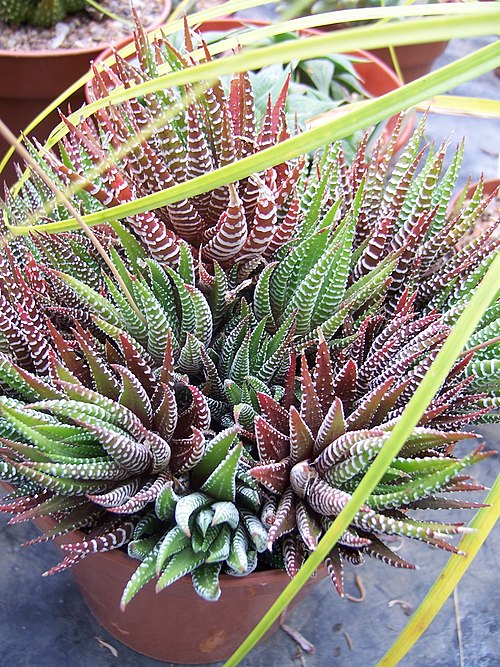
The zebra haworthia is a small, compact succulent with thick green leaves covered in horizontal white stripes, giving it a zebra-like appearance. It looks similar to an aloe plant but is much smaller and slower-growing.
Why it’s low-maintenance:
This plant thrives on very little water and prefers to be root-bound, so it does not need frequent repotting. It does well in low light, making it perfect for office desks or apartments with limited natural light.
Care tips:
- Water only when the soil is dry to the touch.
- Place in bright, indirect light, though it can tolerate some shade.
- Do not overwater, especially in winter when growth slows.
Bonus: Its compact size makes it ideal for small containers and terrariums.
3. Burro’s Tail (Sedum morganianum)
Burro’s tail is a trailing succulent known for its unique, plump, teardrop-shaped leaves that form long, cascading stems. It is native to southern Mexico and Honduras and is often grown in hanging baskets or on shelves where its stems can drape naturally.
Why it’s low-maintenance:
This plant thrives in bright light and requires minimal watering. Once established, it is drought-tolerant and does not need frequent fertilization or pruning.
Care tips:
- Handle with care, as its leaves are delicate and may fall off easily.
- Water deeply but infrequently, allowing the soil to dry out completely between waterings.
- Position it in a spot with plenty of bright, indirect sunlight.
Bonus: Its trailing growth habit makes it a stunning option for vertical spaces and hanging planters.
4. Snake Plant (Sansevieria trifasciata)
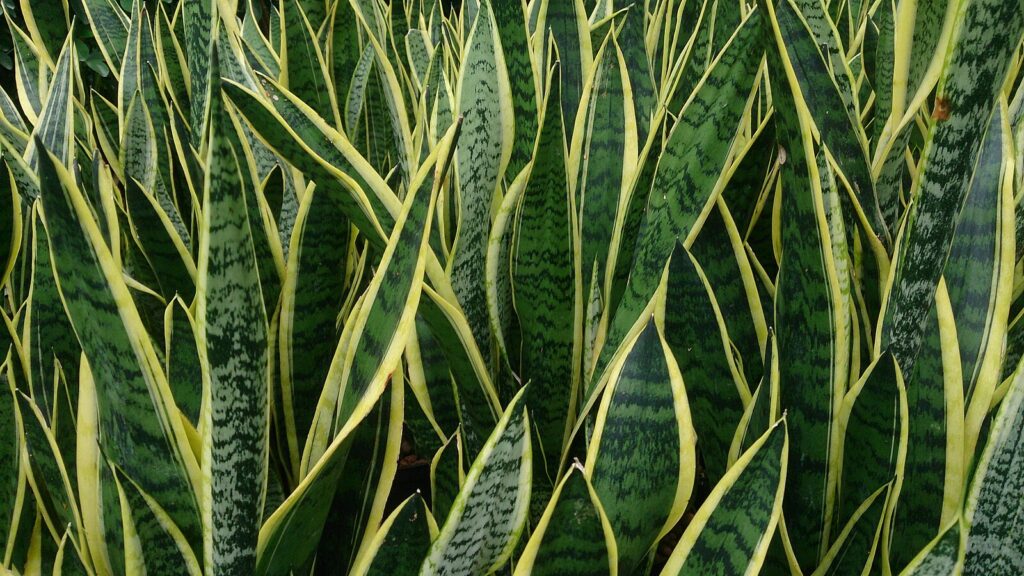
Also known as mother-in-law’s tongue, the snake plant is one of the most forgiving houseplants available. It has stiff, upright leaves that are typically green with variegated patterns and yellow edges, depending on the variety.
Why it’s low-maintenance:
Snake plants are nearly indestructible. They tolerate low light, infrequent watering, and even some neglect. In fact, overwatering is one of the few ways to harm this plant.
Care tips:
- Water only when the top few inches of soil are dry.
- Place in low to bright, indirect light, though it can survive in darker rooms.
- Avoid letting the plant sit in water, as it is prone to root rot.
Bonus: Snake plants help purify indoor air by removing toxins like formaldehyde and benzene, according to NASA studies.
5. Panda Plant (Kalanchoe tomentosa)
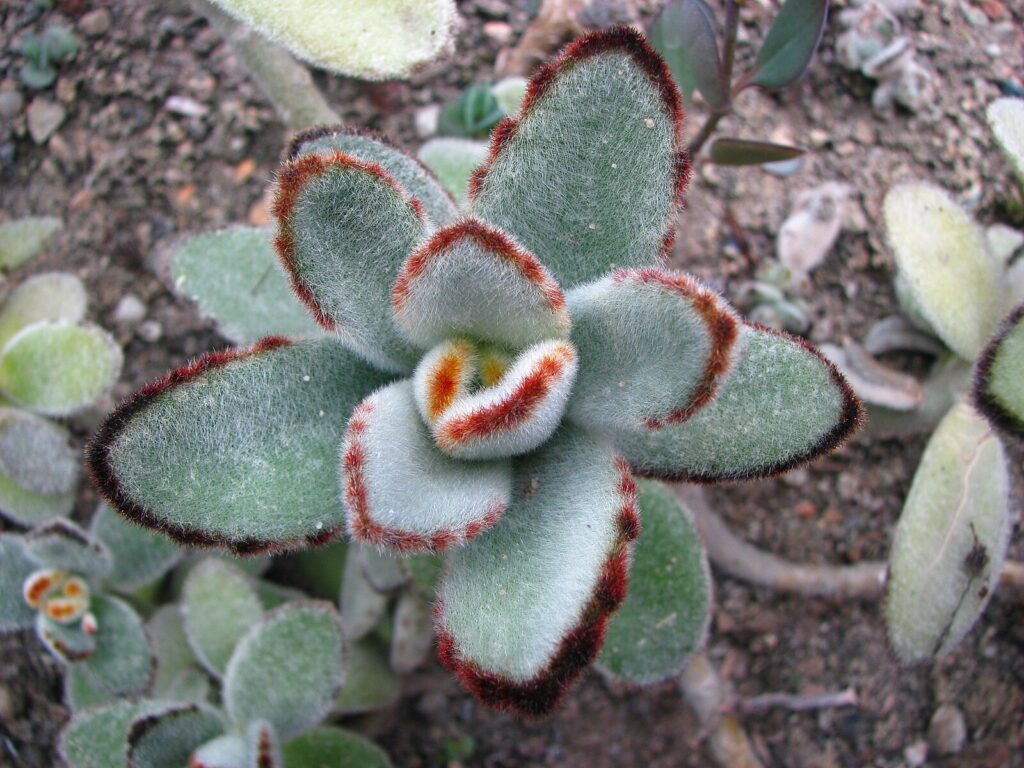
The panda plant is a fuzzy-leaved succulent that is both adorable and resilient. Its silvery-green leaves are edged with brown or rust-colored markings, giving it a distinctive look. Native to Madagascar, this plant is also known as chocolate soldier.
Why it’s low-maintenance:
This plant can go weeks without watering and is not fussy about humidity or light conditions. Its fuzzy leaves help conserve moisture, making it an ideal choice for dry indoor environments.
Care tips:
- Keep in a bright location with filtered sunlight.
- Use a pot with good drainage and let the soil dry between waterings.
- Avoid getting the leaves wet, as they are prone to spotting if moisture sits on the fuzz.
Bonus: Its soft, velvety texture makes it a favorite for kids and tactile plant lovers.
6. Echeveria (Echeveria spp.)
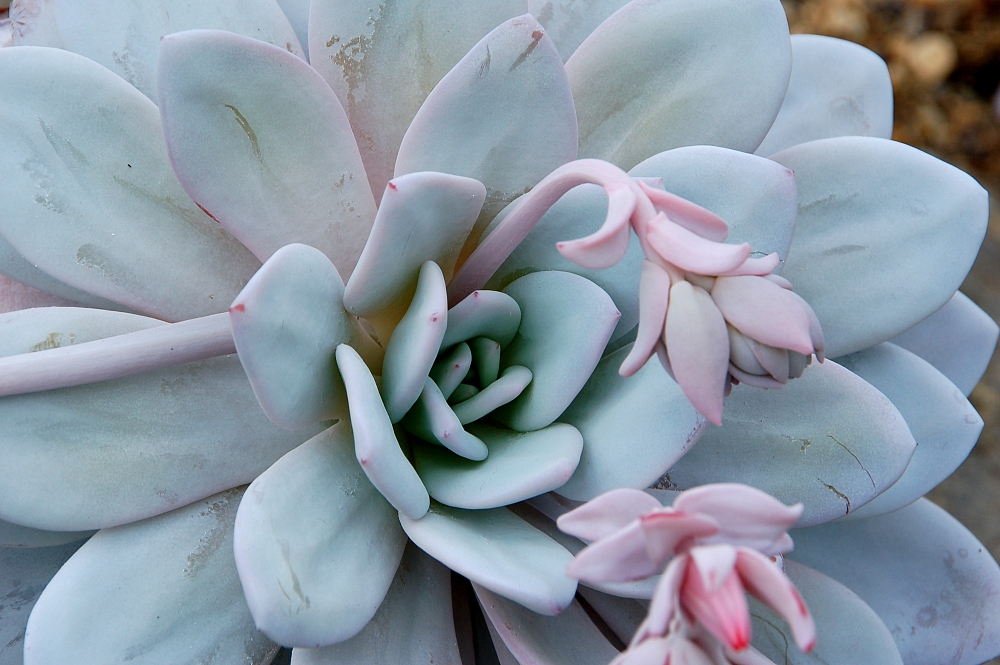
Echeverias are rosette-forming succulents with symmetrical, fleshy leaves that come in a variety of colors including blue, pink, green, and even purple. Native to Central and South America, they are often used in succulent arrangements and container gardens.
Why it’s low-maintenance:
Echeverias thrive in dry conditions and require very little maintenance aside from the occasional watering. They are also slow-growing and can go long periods without repotting.
Care tips:
- Place in a spot that receives at least six hours of sunlight per day.
- Avoid watering the rosette directly, as this can cause rot.
- Water thoroughly, then allow the soil to dry out completely.
Bonus: Their varied colors and compact shape make them a favorite for creating visual impact in mixed plantings.
7. Aloe Vera (Aloe barbadensis miller)
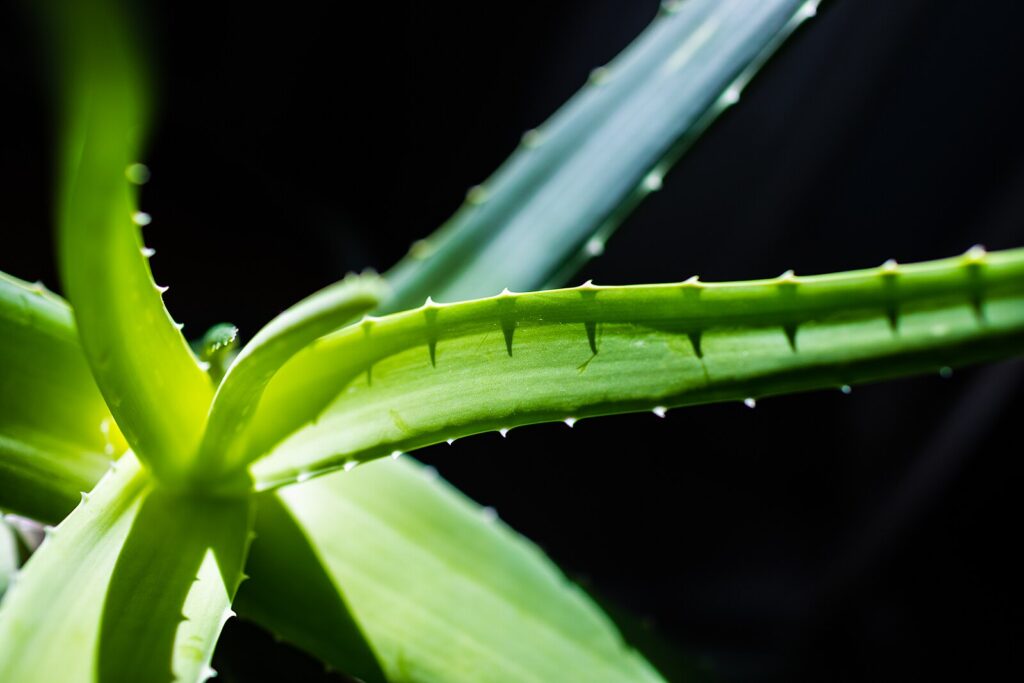
Aloe vera is a well-known medicinal plant with thick, spiky leaves filled with soothing gel. While it is valued for its ability to treat burns and skin irritations, it is also incredibly easy to grow.
Why it’s low-maintenance:
Aloe vera requires infrequent watering, little fertilizer, and minimal attention. It thrives in sunny spots and tolerates long periods of drought.
Care tips:
- Place in a bright, sunny location such as a windowsill.
- Water deeply but only when the soil is completely dry.
- Remove any dead or damaged leaves to encourage healthy growth.
Bonus: You can harvest the gel from mature leaves for natural skincare and first-aid purposes.
Final Thoughts
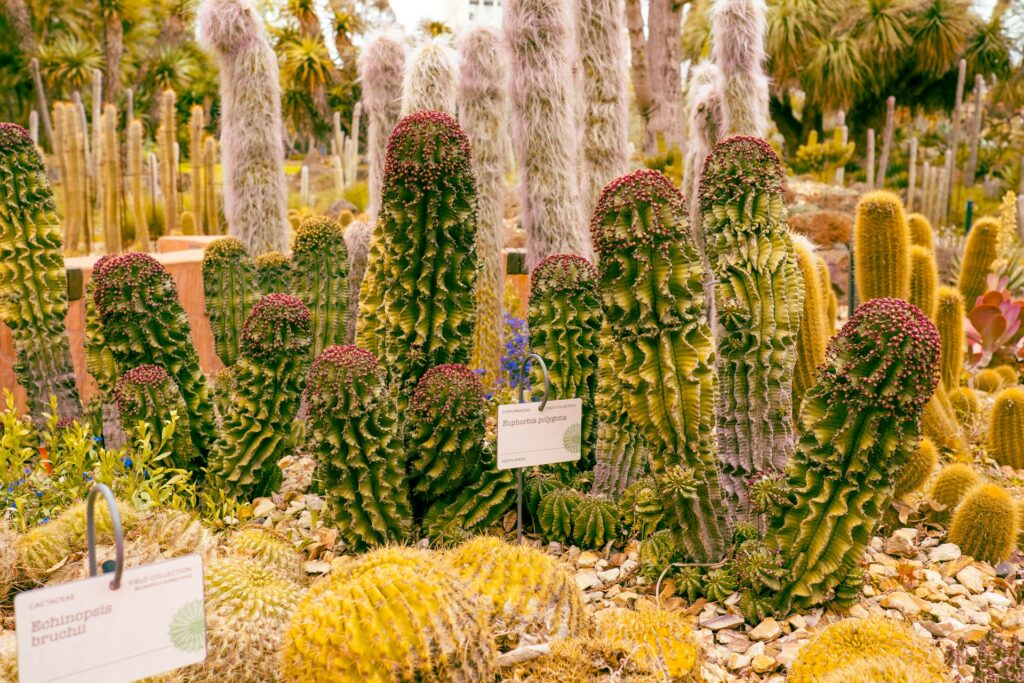
Low-maintenance succulents are perfect for anyone looking to add greenery without the stress of constant care. These seven varieties offer different shapes, textures, and sizes but share one thing in common, they are all incredibly easy to keep alive. By choosing the right container, using well-draining soil, and resisting the urge to overwater, you can enjoy a thriving indoor garden with minimal effort. Whether you’re decorating your home office or upgrading a sunny windowsill, these nearly self-sufficient succulents are sure to deliver style and satisfaction with almost no maintenance.
Read More: 9 Beginner Houseplants For Anyone Who Kills Everything They Touch
Disclaimer: This article was created with AI assistance and edited by a human for accuracy and clarity.
